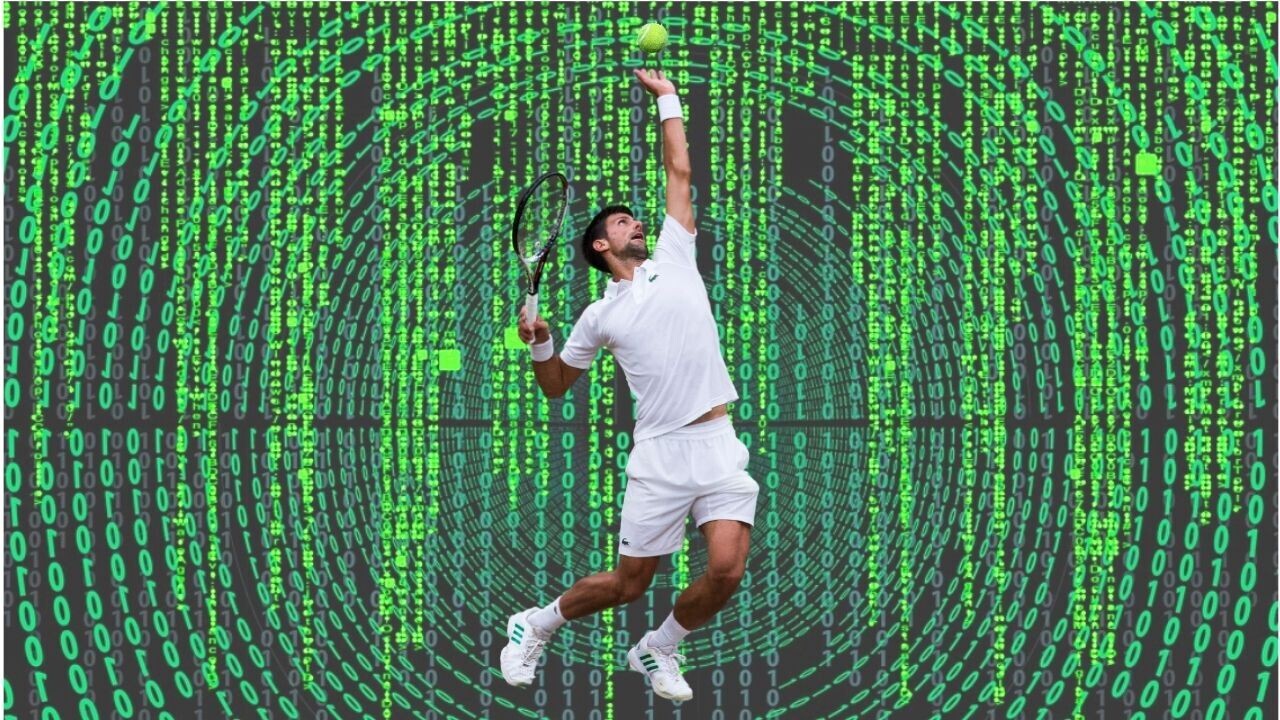Wimbledon's new automated line-calling system glitched during a tennis match Sunday, just days after it replaced the tournament's human line judges for the first time.
The system, called Hawk-Eye, uses a network of cameras equipped with computer vision to track tennis balls in real-time. If the ball lands out, a pre-recorded voice loudly says, “Out.” If the ball is in, there's no call and play continues.
However, the software temporarily went dark during a women's singles match between Brit Sonay Kartal and Russian Anastasia Pavlyuchenkova on Centre Court.
At 4-4 in the opening set, Pavlyuchenkova reached game point when Kartal fired a shot that landed clearly out — but Hawk-Eye stayed silent. With no call from the system, the umpire ordered a replay of the point, despite video replays confirming the error.
Pavlyuchenkova was fuming. “You stole the game from me,” she said to the umpire, Reuters reports. The Russian ended up losing the game, but eventually rallied to win the match.
Following the incident, Wimbledon CEO Sally Bolton blamed human error for Hawk-Eye's costly malfunction.
“The electronic line calling system was working optimally,” Bolton said on Monday morning, Ubitennis reports.
“The issue we had was human error in terms of the tracking system having been inadvertently deactivated, and then the chair umpire not being made aware of the fact that it had been deactivated.”
A common sight in sports
First developed in the UK by computer scientist Paul Hawkins and later acquired by Sony in 2011, Hawk-Eye has become a common feature in sports such as tennis, football, cricket, and volleyball.
However, the technology has also faced its fair share of criticism.
In February 2024, Hawk-Eye's accuracy in cricket was questioned after a call in an England-India match sparked concerns over the precision of its ball tracking. In 2022, the Gaelic Athletic Association (GAA) suspended Hawk-Eye after it wrongly disallowed a clear point for Galway in the All-Ireland Football semi-final, raising doubts about the system's reliability.
Nevertheless, most would agree that the automated system is more accurate than human line umpires, who in one study were found to make errors in 27% of cases where Hawk-Eye was called upon to review a decision. This means an umpire error occurred every 17.4 games.
Jamie Baker, the tournament director for Wimbledon, defended the system last week after British player Jack Draper disputed its accuracy.
“The concept of live line calling is absolutely standard across the tour now — mandatory across the ATP tour,” Baker said. “Two of the other grand slams [US Open and Australian Open] have had it for four or five years.”
We've contacted Hawk-Eye for comment on this case and will update this article if we receive a reply.
